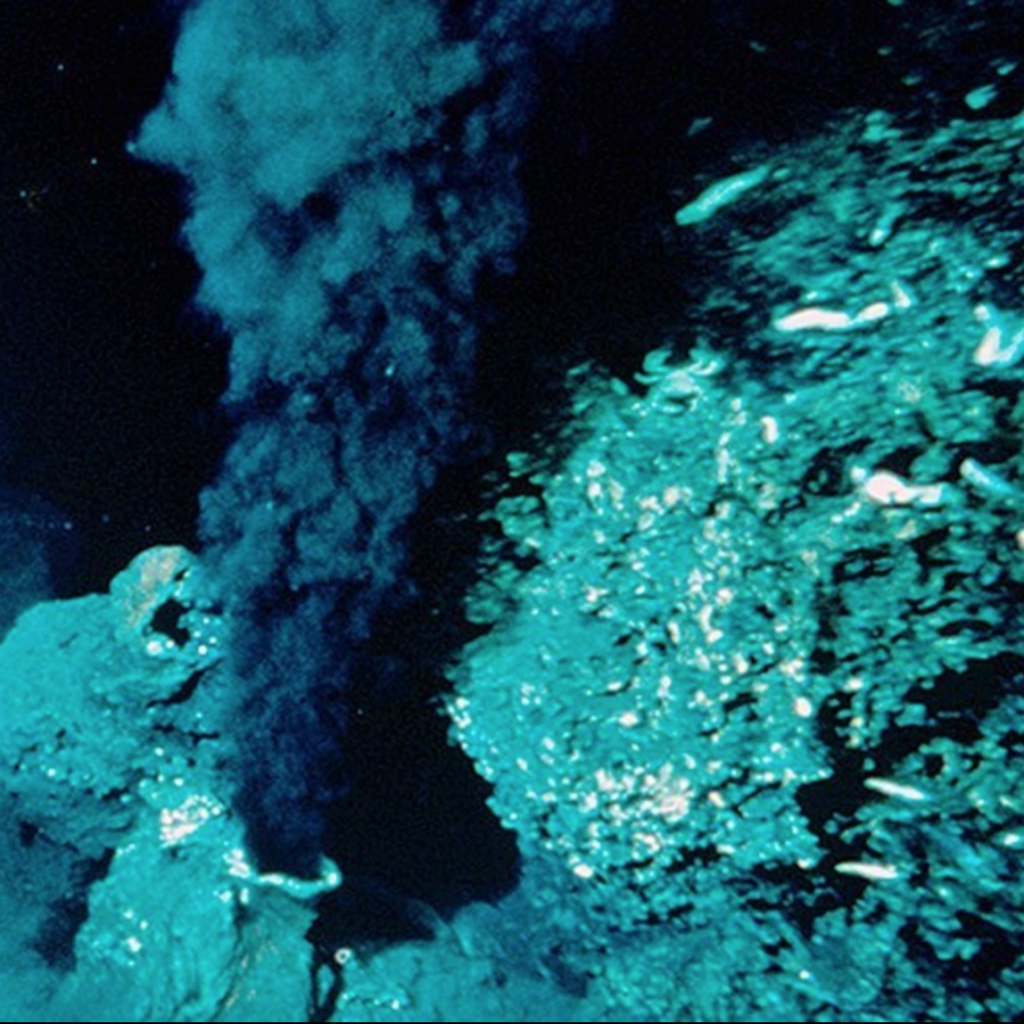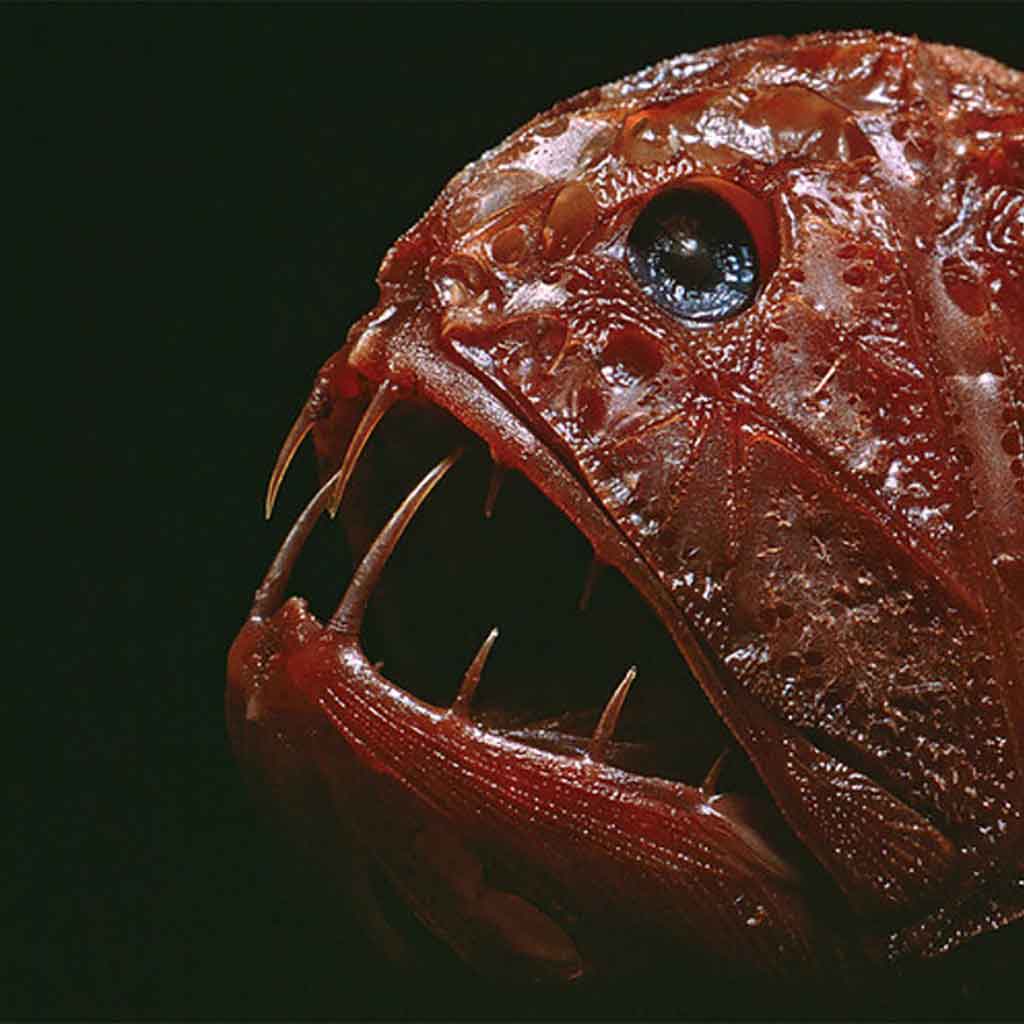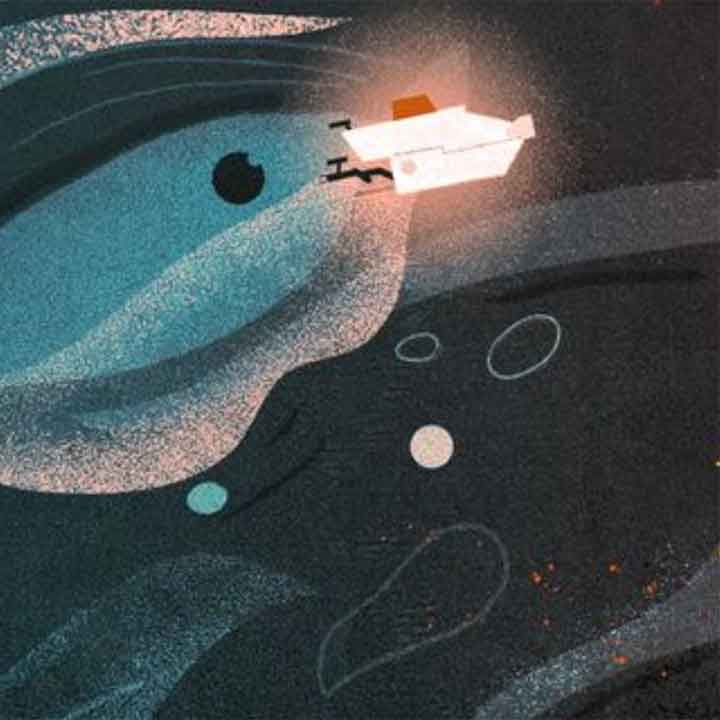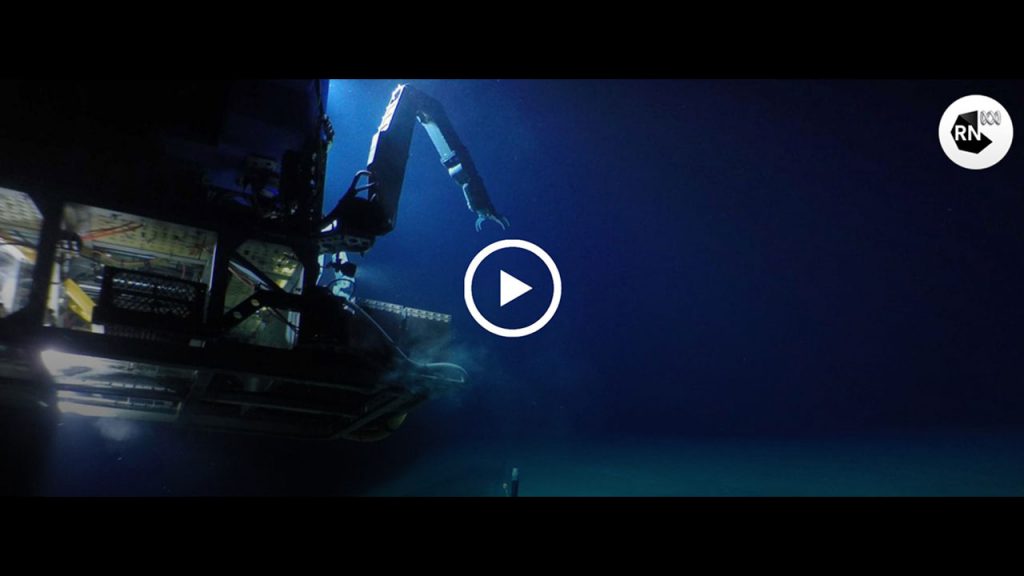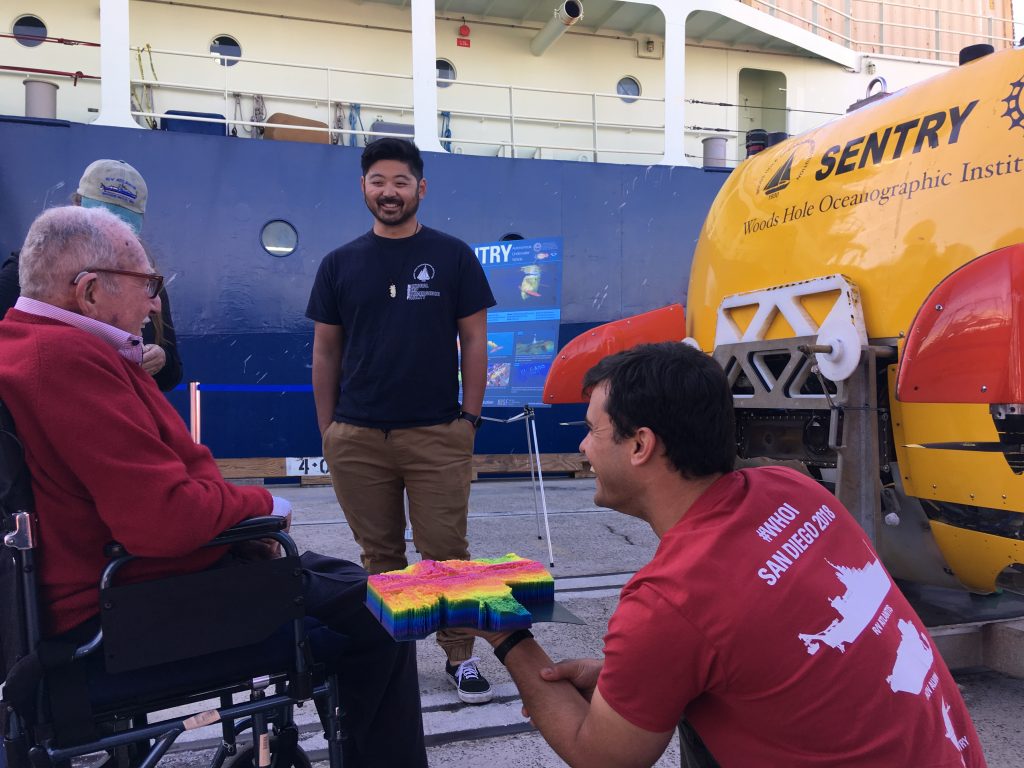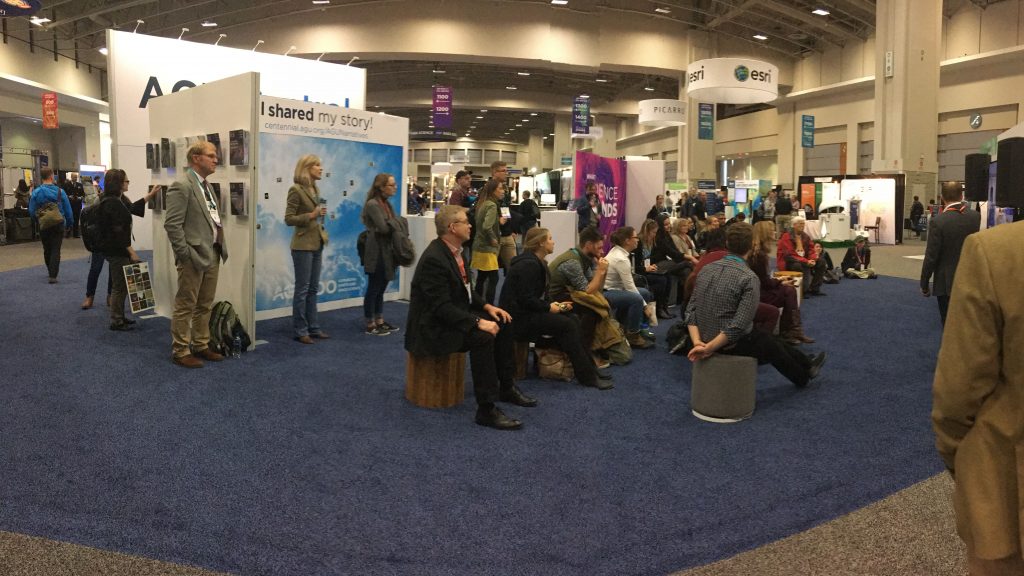HOV Alvin
Gizmodo: Alvin, deep sea vents, and the mystery of ancient carbon
Read Gizmodo’s reporting on a paper published this month in Nature Communications that used samples collected on a 2017 Alvin mission to the East Pacific Rise 9° 50′ N vent field in the Pacific Ocean. “What’s great about Alvin is that you can be down there with the vent, get direct samples, and see everything in…
Read MoreA career in submersible operations
Get to know Rick Chandler, submersible engineering and operations administrator for the Alvin Group.
Read MoreOcean News & Technology: Deep-sea exploration and photography develop together
“Subsea imaging has been intimately tied to our understanding of the world’s oceans since its beginnings.” An article in Ocean News & Technology traces the history and present-day advances in deep-sea imaging
Read MoreChristian Science Monitor: How the deep sea could unlock outer space
Read an article in the Christian Science Monitor exploring how deep-sea research by the oceanographic community—long enabled by NDSF vehicles—has redefined the understanding of where life can exist. Now that knowledge is being used to look for life beyond Earth.
Read MoreAlvin in HuffPost: Chasing the methane dragon
“A submersible dive is like a slow-motion fall through a distant galaxy.” Read a HuffPost article about scientists using Alvin to study how cold methane seeps are responding to a warming ocean (and a journalist’s first deep sea dive).
Read MoreSubmersibles Take Scientists to Deep Sea Volcanic Sites
Dr. Rebecca Carey from the University of Tasmania describes what she saw when 1000m beneath the surface at the Lōihi Seamount in Hawaii in this audio program on Australia’s ABC RN.
Read MoreHOV Alvin Featured on NSF Science 360
Take a look at HOV Alvin. Owned by the U.S. Navy, operated by the Woods Hole Oceanographic Institution (WHOI) and supported by the National Science Foundation (NSF), Alvin is the world’s preeminent deep-diving submersible. With submersibles like Alvin, NSF will continue to discover and understand the secrets of the deep!
Read More“Flying Deep”: a PEN Award-winning, Washington Post-praised children’s book about HOV Alvin
The Herald News features the South Coast Children’s book illustrator, Nicole Wong, displays work in her hometown gallery. The exhibition includes her stunning work for “Flying Deep” Exhibition Info: Narrows Gallery (16 Anawan St., Fall River) Open through Jan. 29. Admission: Free. Hours: Wednesday through Saturday, noon to 5 p.m. and during concerts.
Read MoreSan Diego Open House!
On December 23rd, #NSF_funded Early Career Scientist Training cruise crossed finish line at The R/V Atlantis, #NDSF_WHOI #HOVAlvin, and #AUVSentry San Diego open house event. A moment of “joie de vivre” in oceanography community: Dr. Ross Parnell-Turner (right), an Early Career Chief Scientist in training from the AT 42-06 cruise and a recently appointed professor…
Read MoreSuccessful live broadcast to AGU from HOV Alvin/AUV Sentry cruise on R/V Atlantis
On December 11th, 12th, and 13th, we have successfully convened live broadcast to AGU exhibition booth from HOV Alvin/AUV Sentry cruise (AT 42-06). This event was a part of #NSF_funded NSF/UNOLS/AGU Early Career Scientist Training. Thanks to American Geophysical Union for supporting the pre-cruise webinar series and the live broadcast!! NSF/UNOLS/AGU EARLY CAREER SCIENTIST TRAINING…
Read More
